My favourite summertime drink when in Germany is Rhabarberschorle, a rhubarb spritzer. Here’s a bottle I enjoyed in 2011 in Berlin:
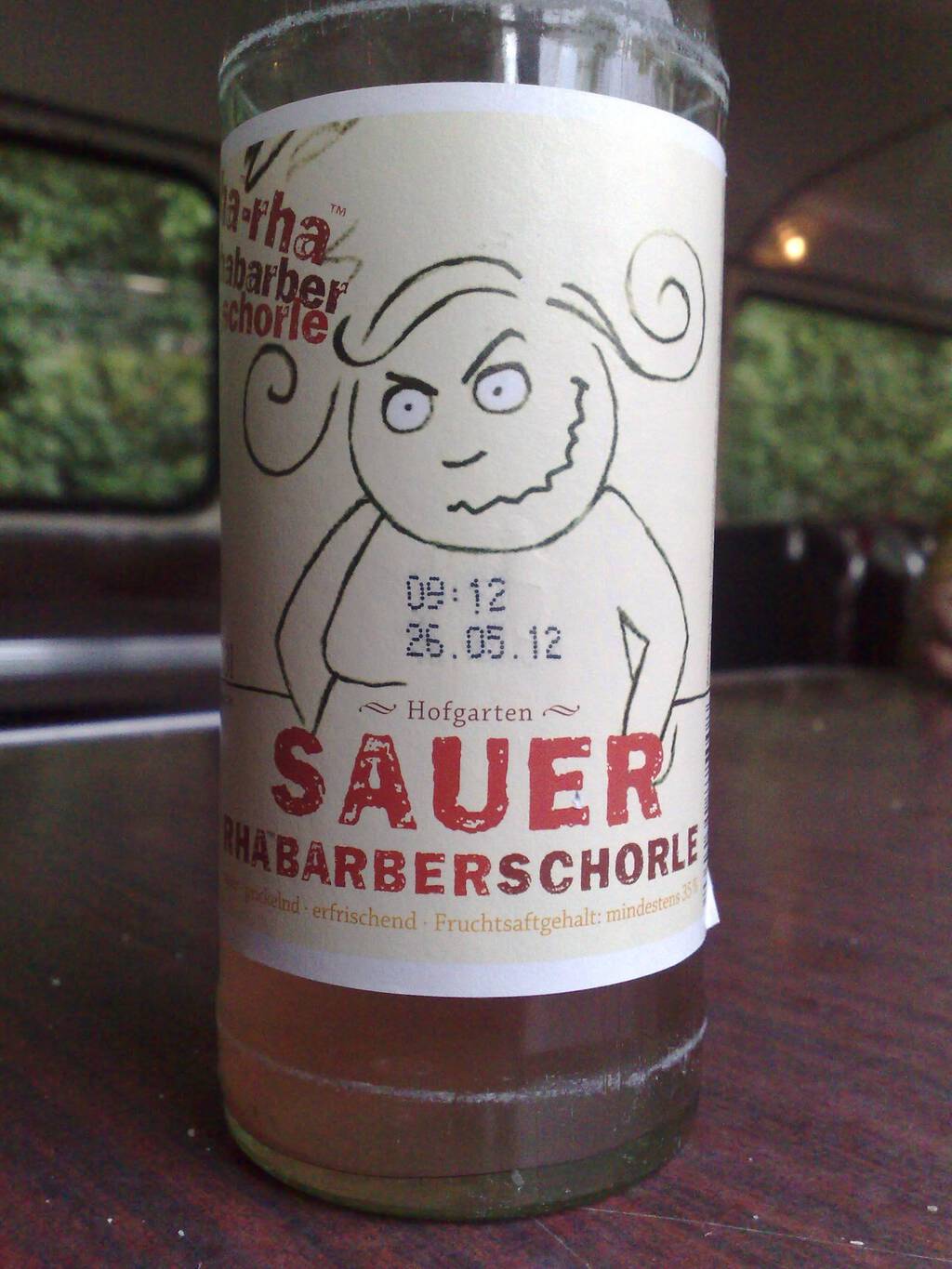
With rhubarb in season, I resolved to make some for myself. It’s really easy:
- Cut some rhubarb up.
- Place it in a little water in a pot and heat it on medium-high until it’s satisfyingly mushy.
- Strain the juice out into a bottle.
- Spritz up some soda water in the Sodastream and add the rhubarb juice to taste.
You can add sugar if you must, but I recommend you start without sugar, as rhubarb doesn’t really need it as much as you think it might.
Seventeen years ago today I was in Montréal, and brother Steve and I found ours way to Délices de l’île Maurice for supper.
Partially due coincidence, and partially due my love of leveraging coincidence for whimsy, today for lunch I cycled out to the equine district of town to lunch at The Dodo, the Mauritian takeout joint that opened three weeks ago.
My order was ready for pickup when I arrived, and it neatly fit in my cycle carrier. I took advantage of my proximity to J. Frank MacAulay Park to scootch down Bills Lane and in the back door of the park, where I enjoyed my tasty lunch of spring roll, shrimp curry, basmati rice, and sparkling water under a gazebo beside the swale.
Lunch presented two mysteries: why The Dodo, and who was J. Frank MacAulay?
The first was easily answered in Wikipedia: the now-extinct dodo was native to Mauritius (its extinction seems to have been more due to humans introducing predators, and destroying habitat, than hunting the dodo itself).
The answer to the second question remains elusive: just who was J. Frank MacAulay (and why is there nothing in the park that bears his name to tell us)?
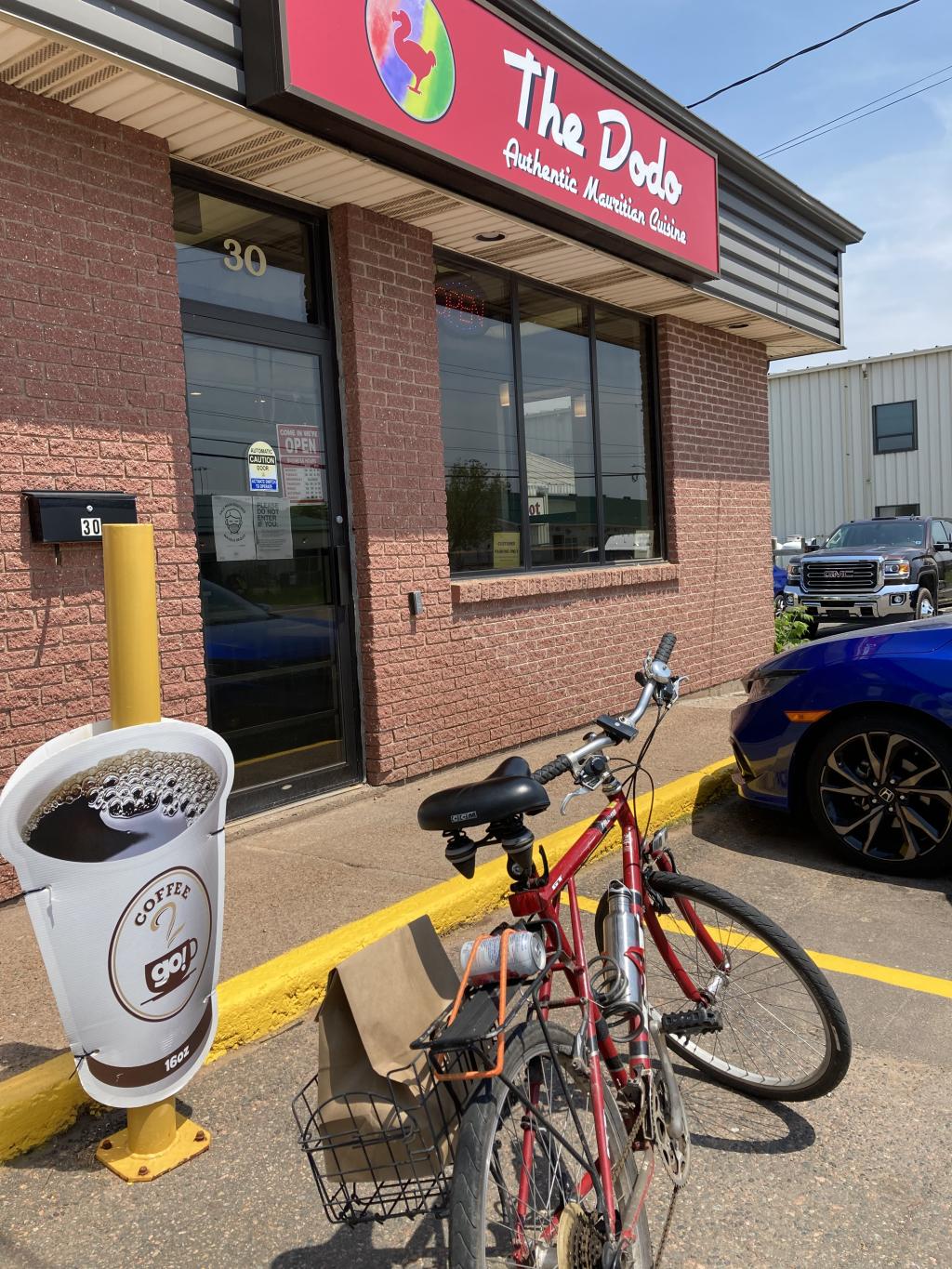 ,
, 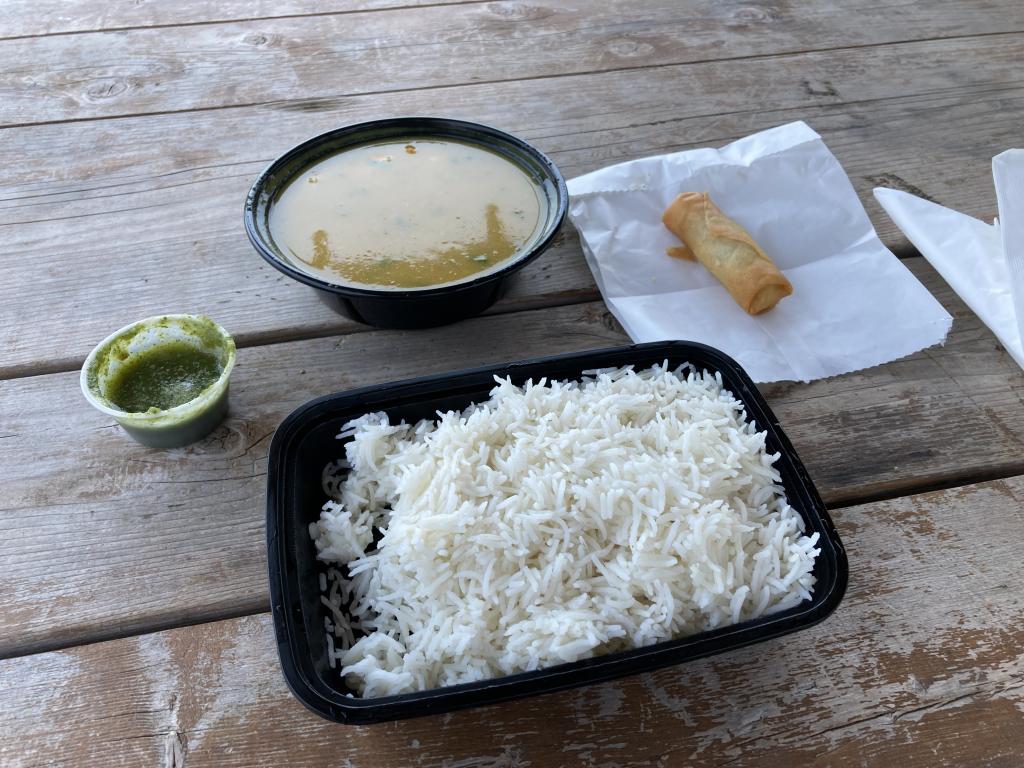
The large back garden is one of the great aspects of 100 Prince Street, and never is it more beautiful and verdant than in June.
Two years ago—can it really been have been so little and so long ago both?!—the back garden was filled with Crafting {:} a Life conversations and we were all feeling lucky to be alive.
Postscript: as proof that seasons have patterns and my perception of seasons also has patterns, I noted the same thing, almost exactly a year ago, with exactly the same post title.
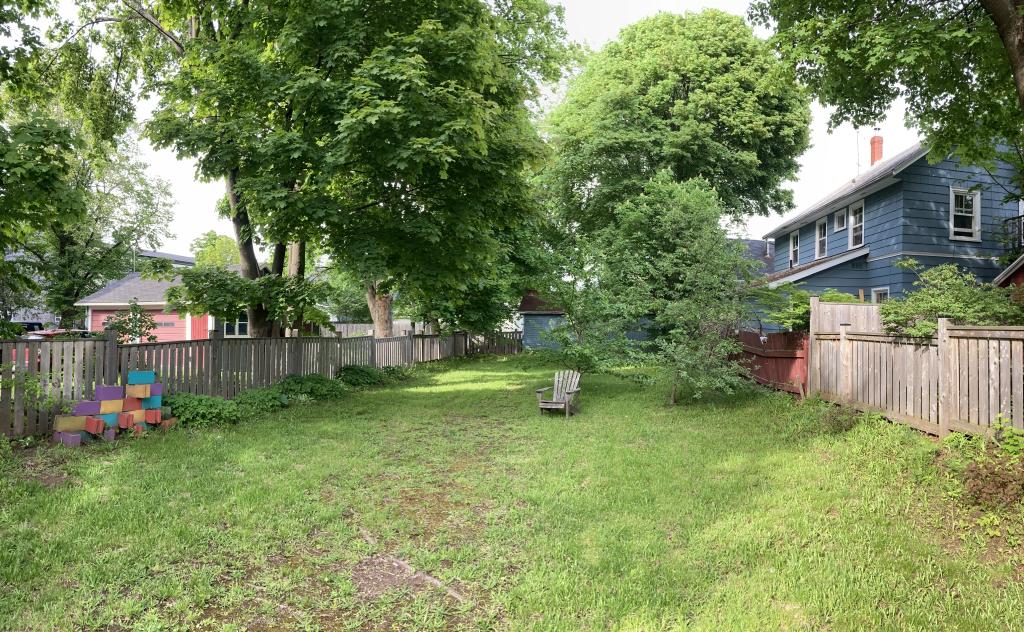
Having exhausted our supply of front yard rhubarb, we were forced into the inexorable choice between Johnston’s River rhubarb and Belfast rhubarb.
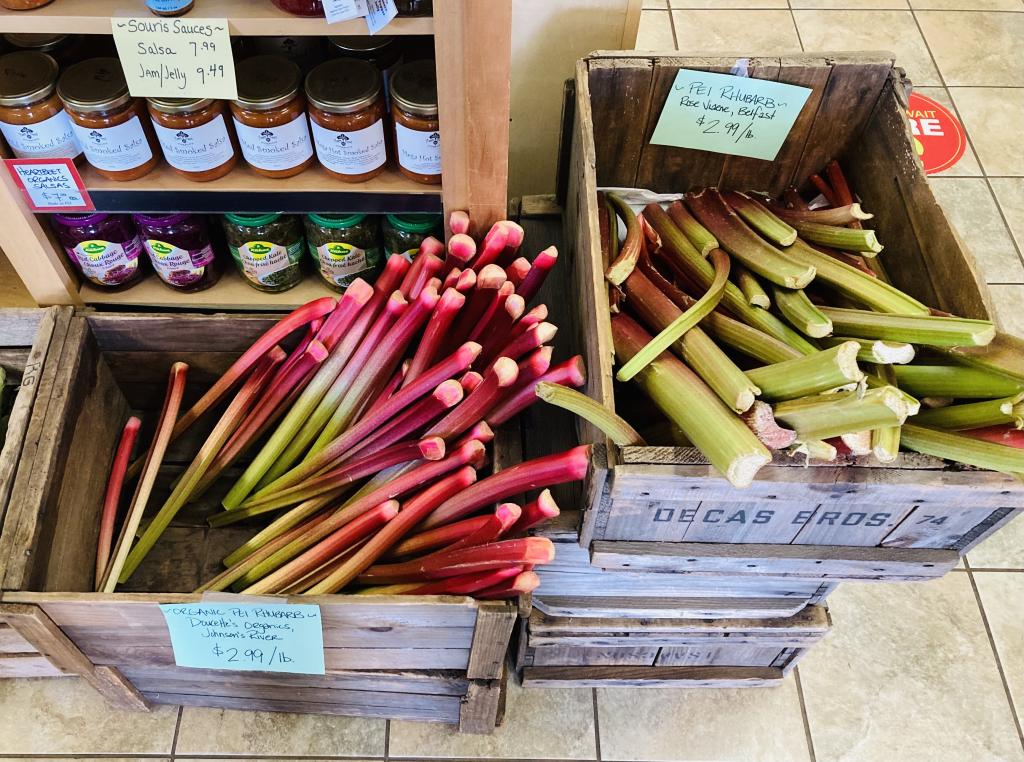
I would have loved Barenaked Ladies’ new song New Disaster based solely on its creative rhyming of prestidigitation: they’re the only band on Earth that could get away with that with such aplomb.
But it’s also a catchy track, with lyrics on the needle of the zeitgeist, and a chorus that’s infected my ears:
Here comes the new disaster
Here comes the end of days
Next up the sweet hereafter
We’ll tell you all about it at the next commercial break
Stay tuned for scary monsters
Watch out for rising tides
But first a word from sponsors
Might be a mess but it’s a hell of a good time
Perfect.
I’m certain there are many estimable women in Pugwash for whom I’m an ideal suitor. And, let’s face it, who wouldn’t want to date a gal from Pugwash. The only strike against it is that it’s 2 hours away by bridge, 3½ hours by ferry.
Unless it’s Bumble that’s doing the calculating, in which case Pugwash is a mere 59 km from my front door. Because Bumble measures as the crow, or bee, flies.
Now Bumble provides many mechanisms for nudging you to possible consorts: you can filter by age, height, politics, or religion. You can filter out smokers. Or people who do (or do not) want children. But surely one of Bumble’s most basic levers is distance, especially in the time of COVID, when our Island is even more an island than usual.
So while I’d happily pop out for coffee with someone from Park Corner (46 km), or grab a drink with a friendly face from Cable Head East (49 km), Pugwash, for the moment and perhaps forever, falls outside my range.
And it’s not just Pugwash.
Let’s say I fancied a date from Miminegash (hours of fun just saying that euphonious wonder of a name alone): it’s 110 km away, as the bee flies. That becomes 136 km and 1¾ hours when you get driving directions, but it’s on the Island.
Alas, within the same 110 km radius you’ll also find Shediac (110 km), Springhill (98 km), Truro (97 km), and Antigonish (110 km). I can attest, from my casual Bumble swiping, that these communities are filled with perfectly wonderful possible assignations, but they are, literally, an ocean (and several prohibitory public health orders) away.
Now this isn’t a real romantic problem for me: I’m remarkably happy as I am, and have come to treat Bumble, as apparently many have, as much as a sort of curious hobby as anything else. But it’s an interesting computational problem.
How could Bumble do better?
In my case, an “in my Province only” checkbox, added to the distance slider, would work well. But that’s not going to solve the problem for people, say, on Bainbridge Island, WA who would happily look for a date up the road in Suquamish, WA (14 km), but aren’t interested in a ferry-mediated courtship with any of the millions of someones in Seattle, WA (13 km).
Ultimately, travel time is what we’re really interested in when looking at potential suitors.
While the algorithmic challenge might seem to be “calculate the travel distance between me and every Bumble prospect in the world,” it’s actually much simpler than that.
First, there’s never a situation where the “as the bee flies” distance is shorter than the travel distance; indeed, it is the shortest possible distance. So the challenge is the much more reasonable “calculate the travel distance between me and every Bumble prospect inside this radius.”
Second, the world is, relatively speaking, immutable, so as Bumble learns the travel time from Charlottetown to Pugwash, and Charlottetown to Miminegash, and Charlottetown to Shediac, it can build a model of the “reasonable travel” landscape, and save computing in real time on every go.
And, finally, there are only a limited number of places on Earth where this matters at all: islands far enough practically disconnected from mainland populations and, perhaps, people living on opposite sides of mountains.
And that’s why this is a problem unlikely to ever be addressed: the dozen or two single Prince Edward Islanders are far enough down the analytics report at Bumble HQ to be practically invisible.
So the lonely hearted of the Island will simply have to get used to swiping left on the forbidden fruit of the mainland.
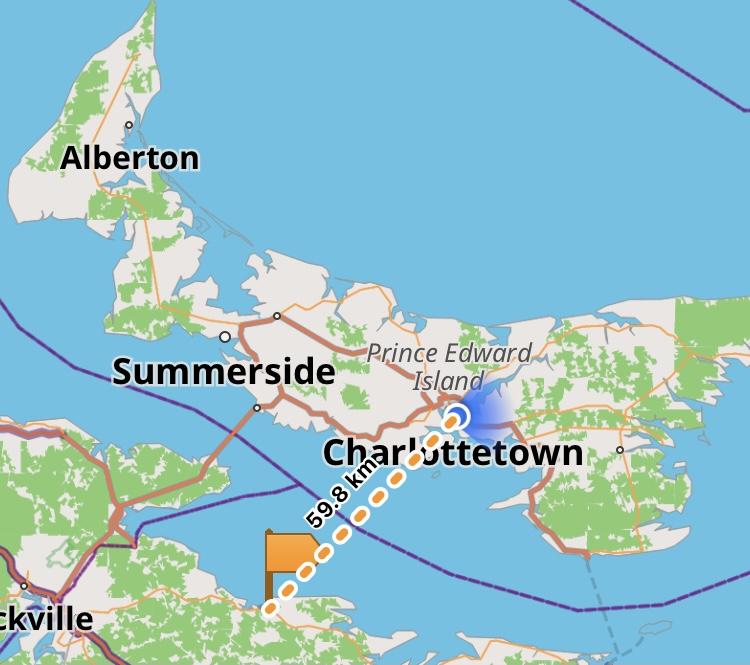
On this day, 15 years ago, we were in Copenhagen as a family, and took advantage of an unseasonably warm and sunny day to spend the afternoon in Frederiksberg Have, a 160 acre oasis of forest, river, and gardens.
A fun aid to our visit was The Mat Map, a piece of fabric that served dual duty as a map of the park and a mat to sit or eat your lunch on:
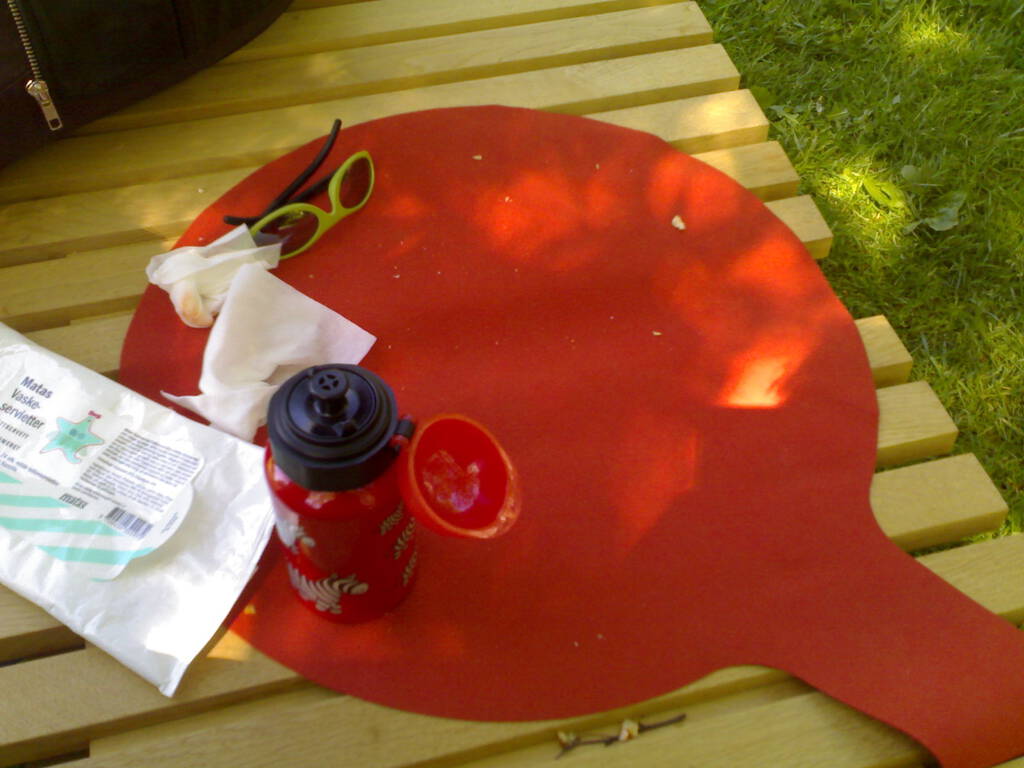
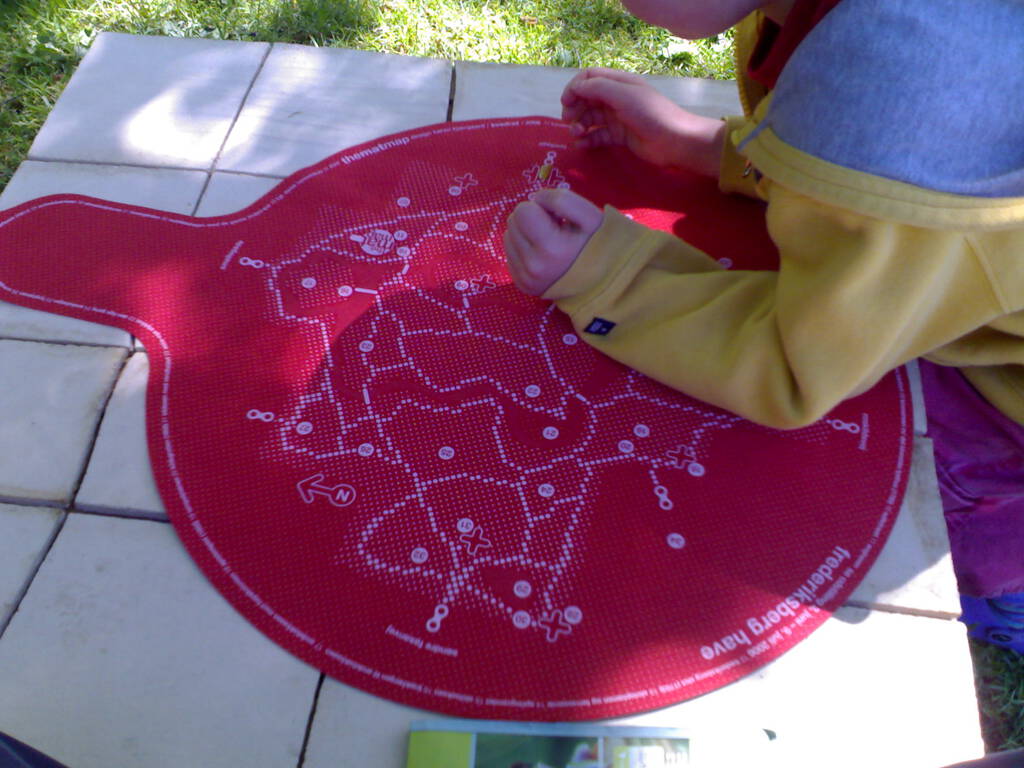
The maps cum mats were available for free from a large red translucent dispenser, an interesting object in its own right:
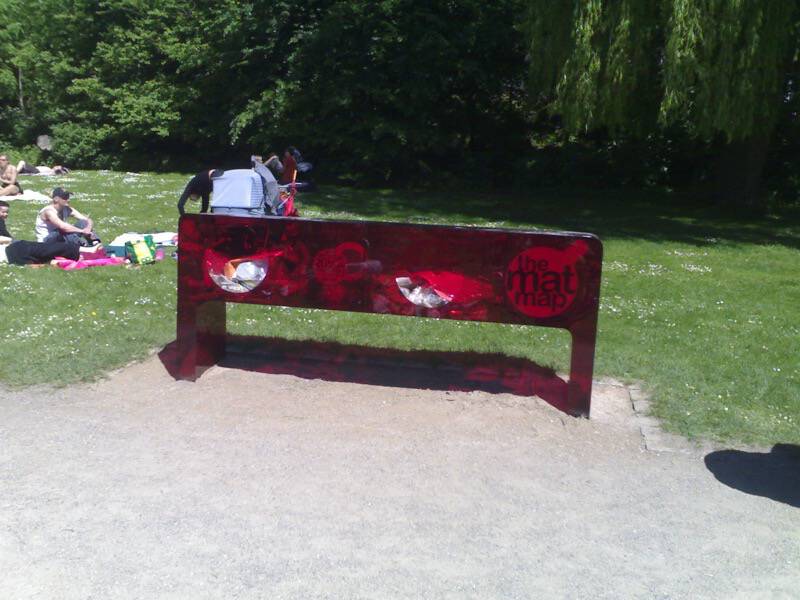
Among the things the map led us to was a delightful collection of art and design installations scattered round the park; I only learned today that these (as well as the map itself) were part of the The Cabinetmaker’s Autumn Exhibition 2006:
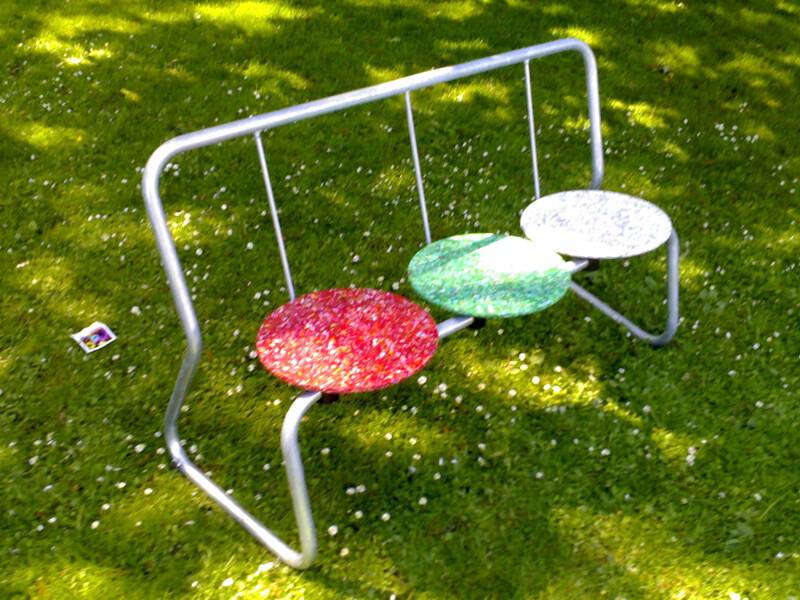
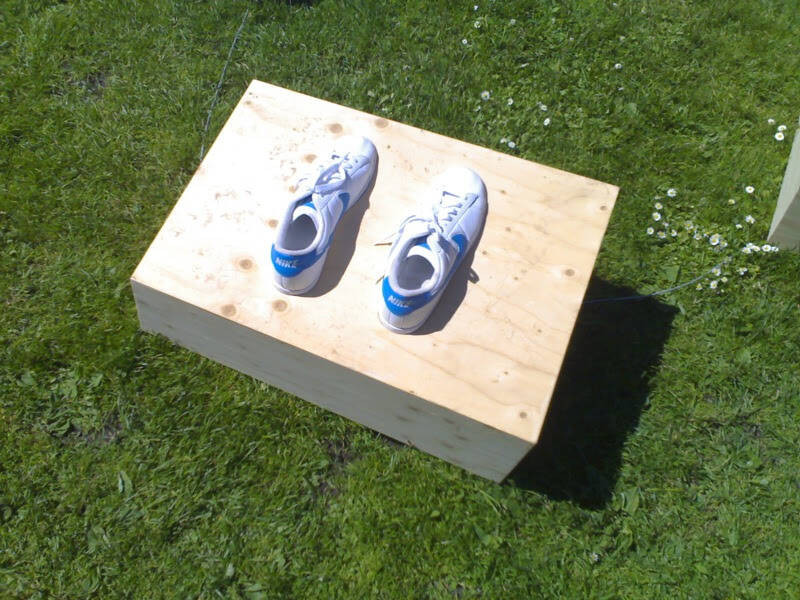
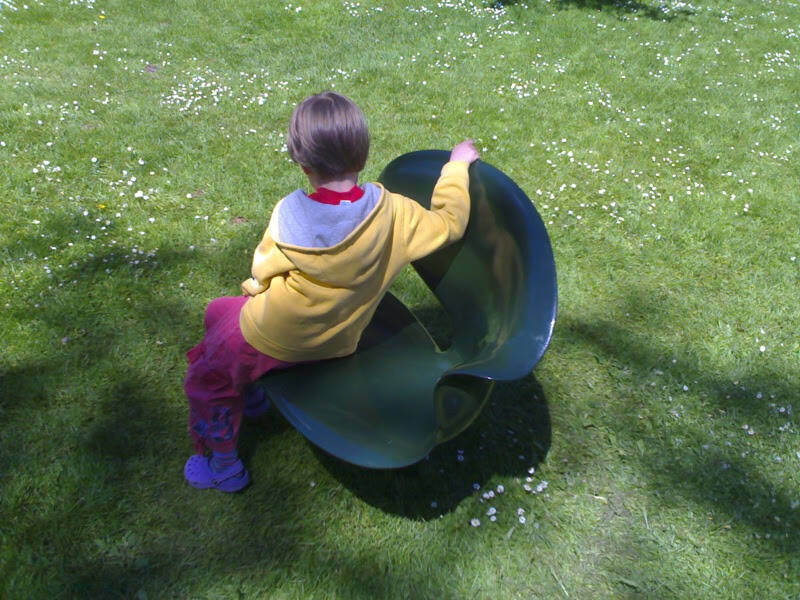
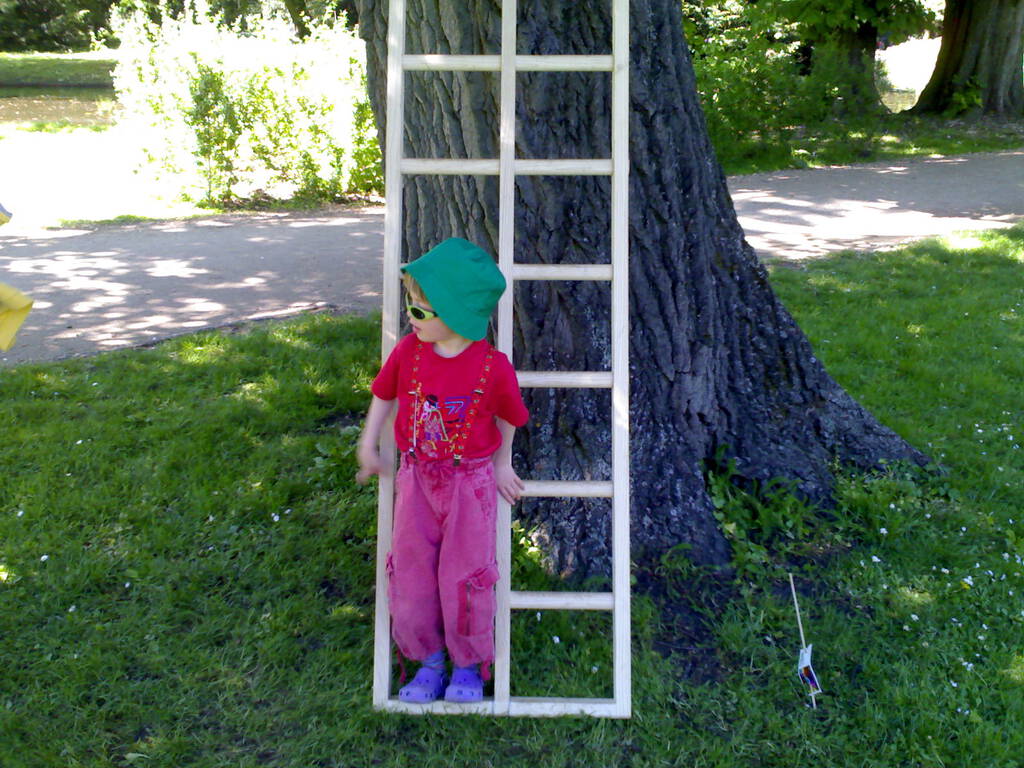
The Mat Map and its dispenser were designed by architect and designer Karen Kjaergaard, who also contributed SHUT UP! (detail above).
Although it was a lifetime and 15 years ago, the sense of that sunny afternoon rides with me still, and I’m so glad we happened upon the map and the things that it led us to.


 I am
I am